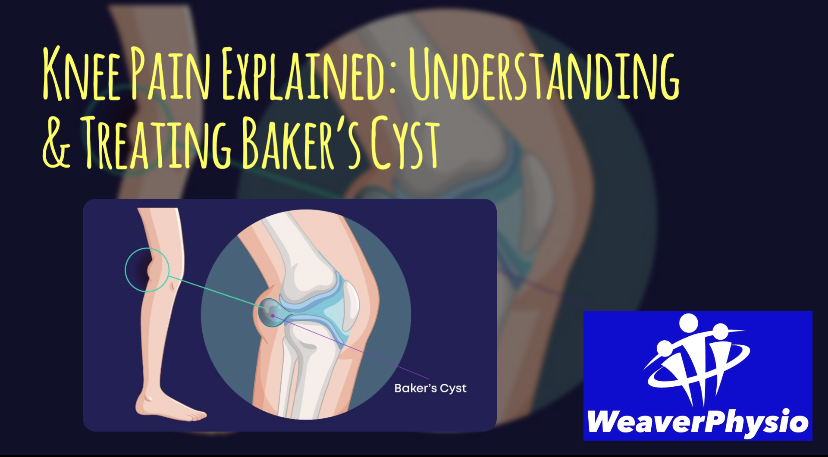Running training, strength and injury for runners
A complete guide for runners

Running is one of the most accessible and effective forms of exercise—but it also comes with a high risk of injury, particularly when the body is pushed beyond its current capacity. Injury often occurs when forces generated during running exceed the tolerance of muscles, tendons, bones or cartilage—sometimes reaching up to eight times your body weight.
Elite runners tend to have efficient biomechanics—short ground contact time, high cadence, stiff leg spring, and powerful hip and knee drive. However, most recreational and even competitive amateur runners don’t naturally adopt these patterns. Instead, they often exhibit longer stance times, lower cadence, minimal lift, and a more audible, energy-wasting stride. But regardless of your running form, engaging in the sport—whether it’s a casual jog or a competitive half marathon—is far better than doing nothing.
Still, smart training and thoughtful adjustments to strength, technique, and recovery can significantly improve performance and reduce injury risk.
⸻
1. Strength and Conditioning
Running generates ground reaction forces of 2.5–3+ times your body weight, with the calf absorbing a large portion of that load. While it may seem that high-rep, endurance-style strength work would be most appropriate, your road and trail running already provides endurance stimulus. What your body often lacks is maximum strength and explosive power.
Heavy resistance training with low repetitions and plyometric (jump-based) exercises have been proven to:
• Strengthen muscles, tendons and bones
• Improve load tolerance
• Enhance running propulsion and speed
• Reduce injury risk
Aim for 2-3 strength training sessions per week, even if this means replacing a run. A tailored program, ideally prescribed by a running coach, physiotherapist, or qualified trainer, will yield the best results.
⸻
2. Load Management
Injury risk increases when training load spikes too quickly. Load includes more than just weekly mileage—it also encompasses speed sessions, hill work, races, strength training, and even lifestyle factors like sleep, stress, and physical jobs.
To manage load:
• Progress gradually
• Schedule adequate recovery between sessions
• Monitor your response to training over 24–48 hours
• Avoid back-to-back hard sessions
Understanding your body’s recovery signals helps avoid overtraining and cumulative stress that can lead to injury.
⸻
3. Should You Run While Injured?
It depends. If running aggravates the injury and risks long-term damage—stop. In other cases, continuing to run at a reduced volume and intensity may actually aid recovery. A general rule: if your pain stays below 3/10 on a pain scale, and doesn’t worsen during or after a run, it’s often safe to continue under supervision.
Exceptions include bone stress injuries and severe tendon issues, which usually require complete rest. Always consult with a physiotherapist or health professional to determine your best course of action. Cross-training can be an excellent alternative during recovery.
⸻
4. Monitor Your 24-Hour Response
Use a 24-hour pain response rule: if pain does not settle within 24 hours after a session, reduce your load. Also be cautious of compensatory running patterns that may offload one area but overload another, increasing injury risk elsewhere.
⸻
5. Personalised Training Plans
One-size-fits-all training plans from clubs, friends or the internet are rarely ideal. Every runner is different. Your age, injury history, strength, flexibility, and goals all affect what works for you. Custom plans and exercises, guided by a qualified professional, are key to safe and effective progress.
⸻
6. Foot Strike Pattern
Changing your foot strike (e.g. from heel to forefoot) can redistribute forces and alter injury risk. However, abrupt changes—especially in runners who overstride—can lead to new issues. If you’re injury-free and running well, there’s often no need to change your strike. If changes are necessary, make them gradually with expert guidance.
⸻
7. Overstriding and Cadence
Overstriding is a common issue that increases load on joints. One of the simplest ways to reduce this is by increasing cadence—the number of steps you take per minute. Try increasing your cadence by 5% using a metronome or app and assess for improvements in comfort or performance. Note: if your cadence is already around 175–180, further increases may offer little benefit.
⸻
8. Plyometrics for Runners
Plyometric exercises—like jumping, hopping, and bounding—train tendons to store and release energy efficiently. This spring-like quality is essential for running economy and speed. Even small amounts of plyometric work can improve your propulsion and resilience to injury.
⸻
9. Don’t Ignore Psychological Load
Stress, lack of sleep, and life pressures can impact recovery just as much as physical training. These psychological stressors can delay healing by up to 60%. Factor them into your training plan and ensure you’re supporting both your body and mind.
⸻
Conclusion
When injury strikes, it’s tempting to zoom in on the painful area alone. But successful recovery—and prevention—requires a broader lens. Weaknesses, past injuries, poor strength, and training errors often contribute more than we realise.
Whether you’re new to running or an experienced athlete, remember:
• Strength matters
• Load must be managed
• Rest is part of progress
• Pain is a message, not a weakness
Listen to your body, train smart, and seek expert support when needed. If you’re consistently in pain or unsure how to progress safely, book an assessment with a physiotherapist or running specialist to get back on track—stronger and smarter than before.













